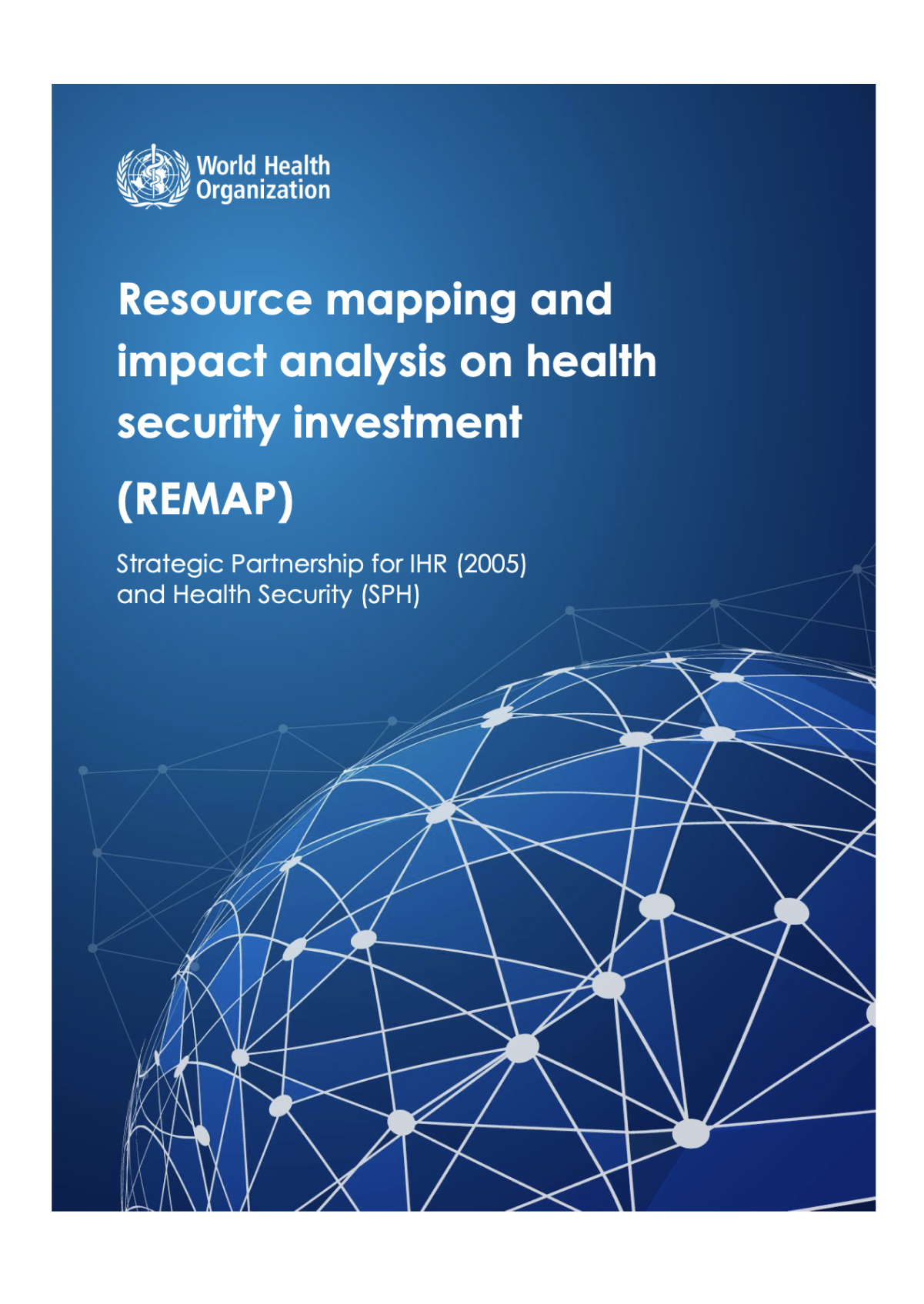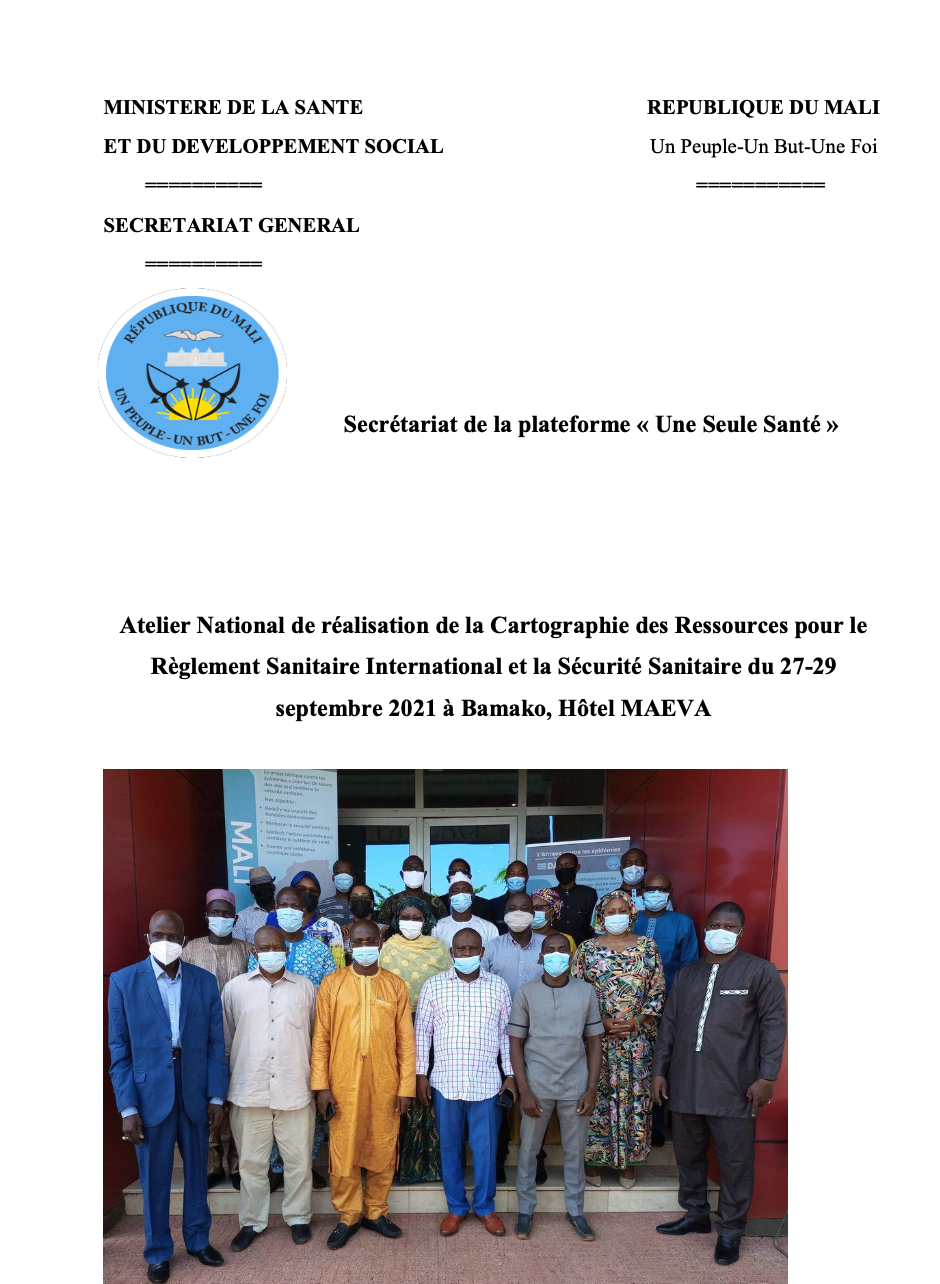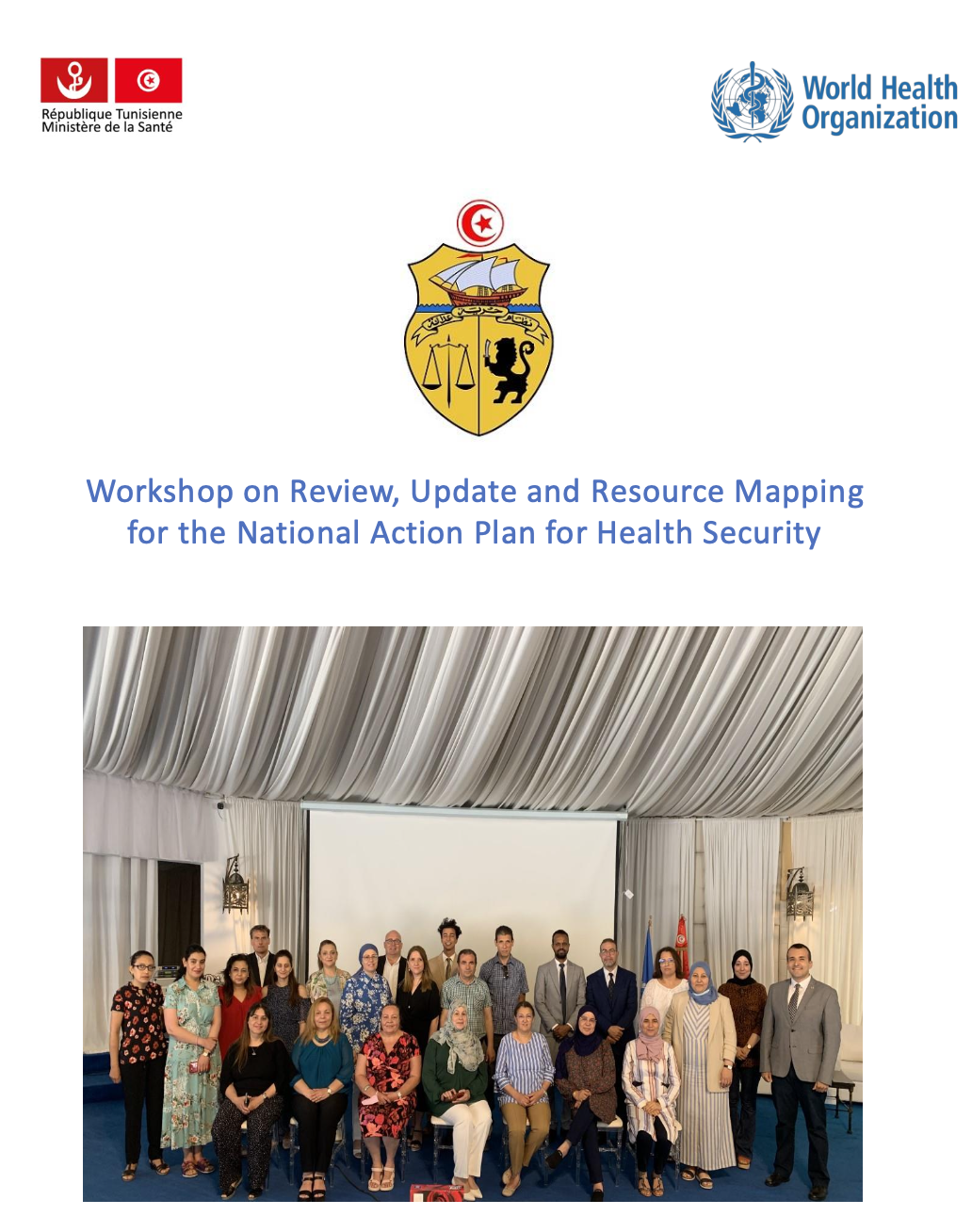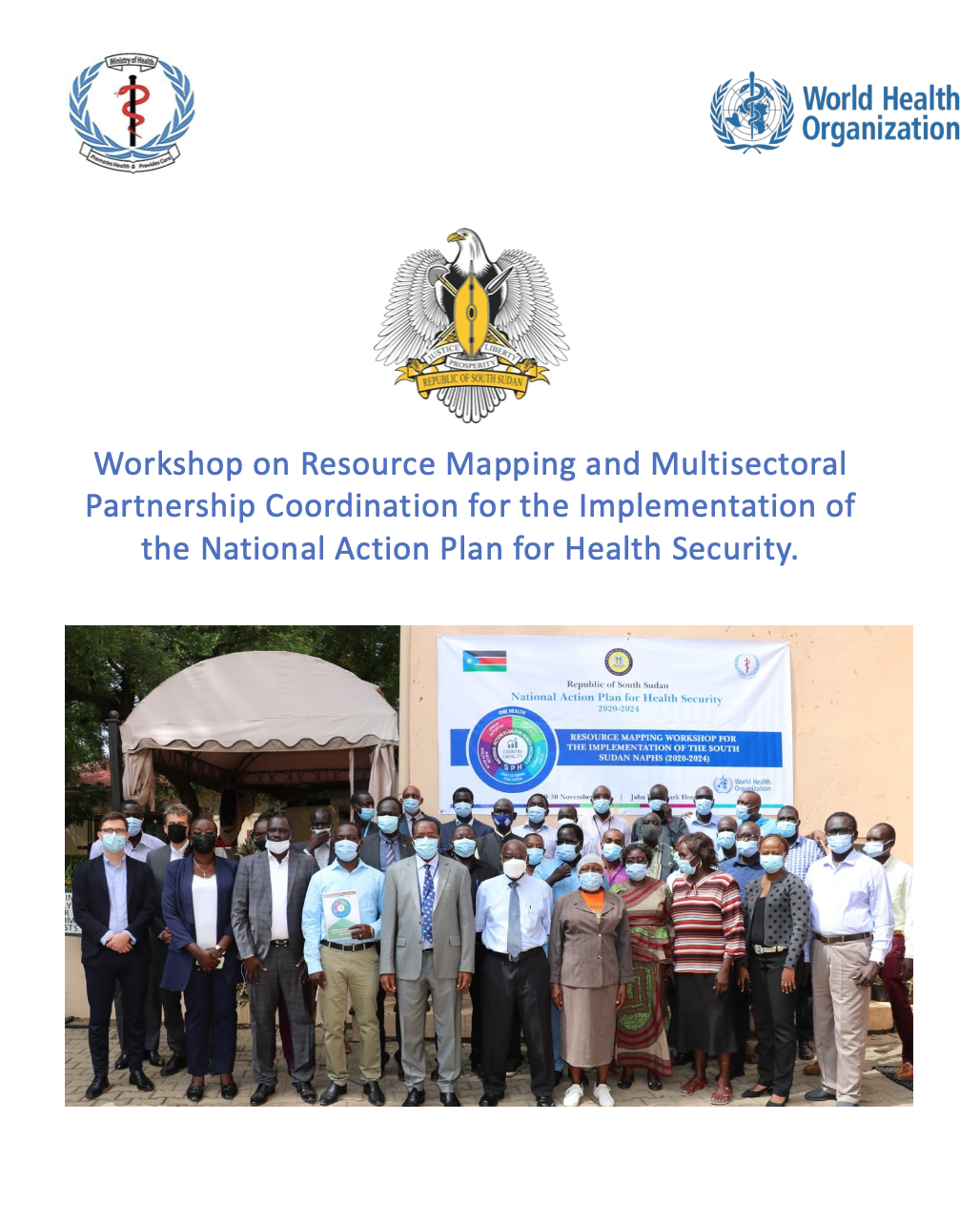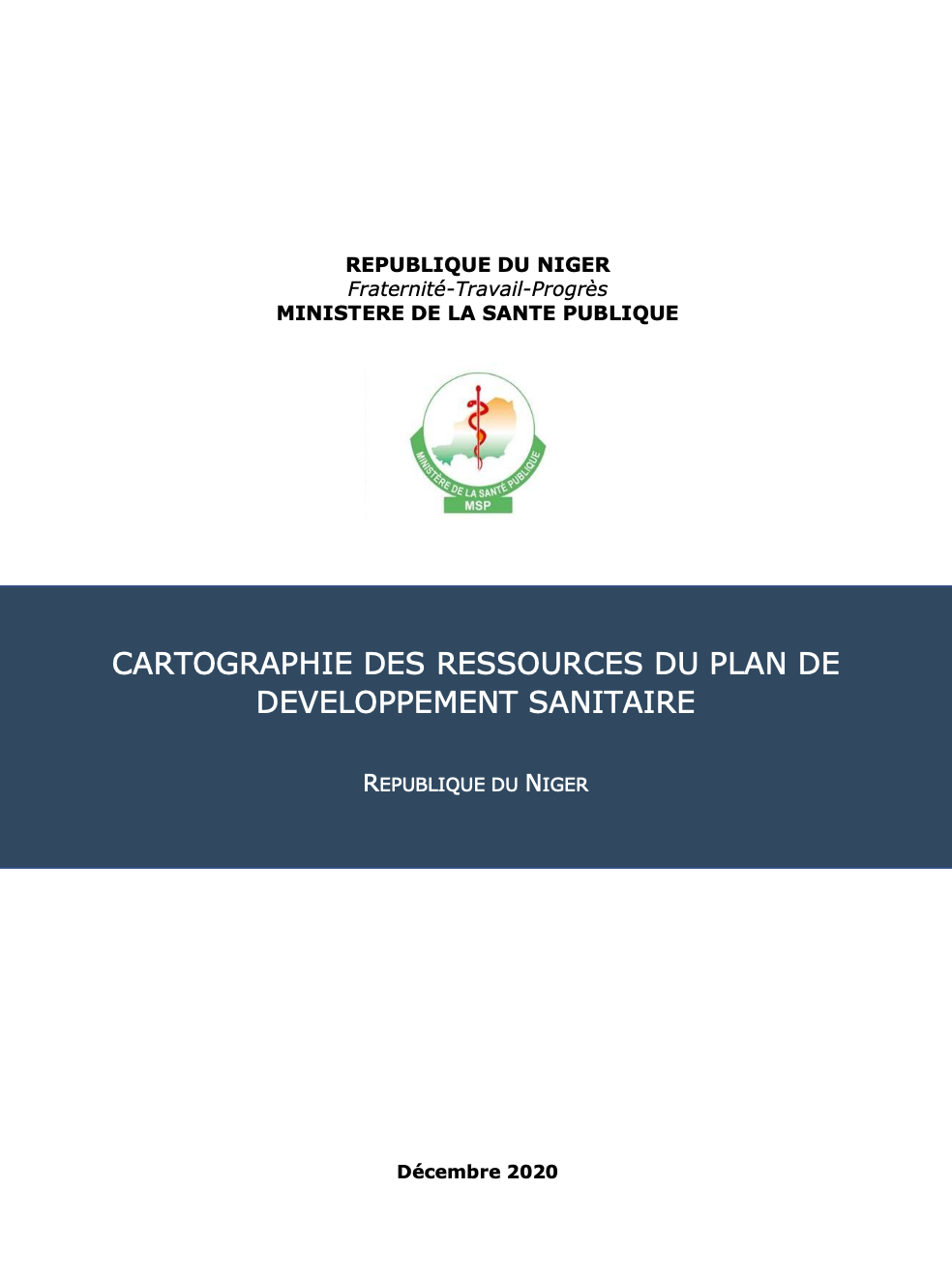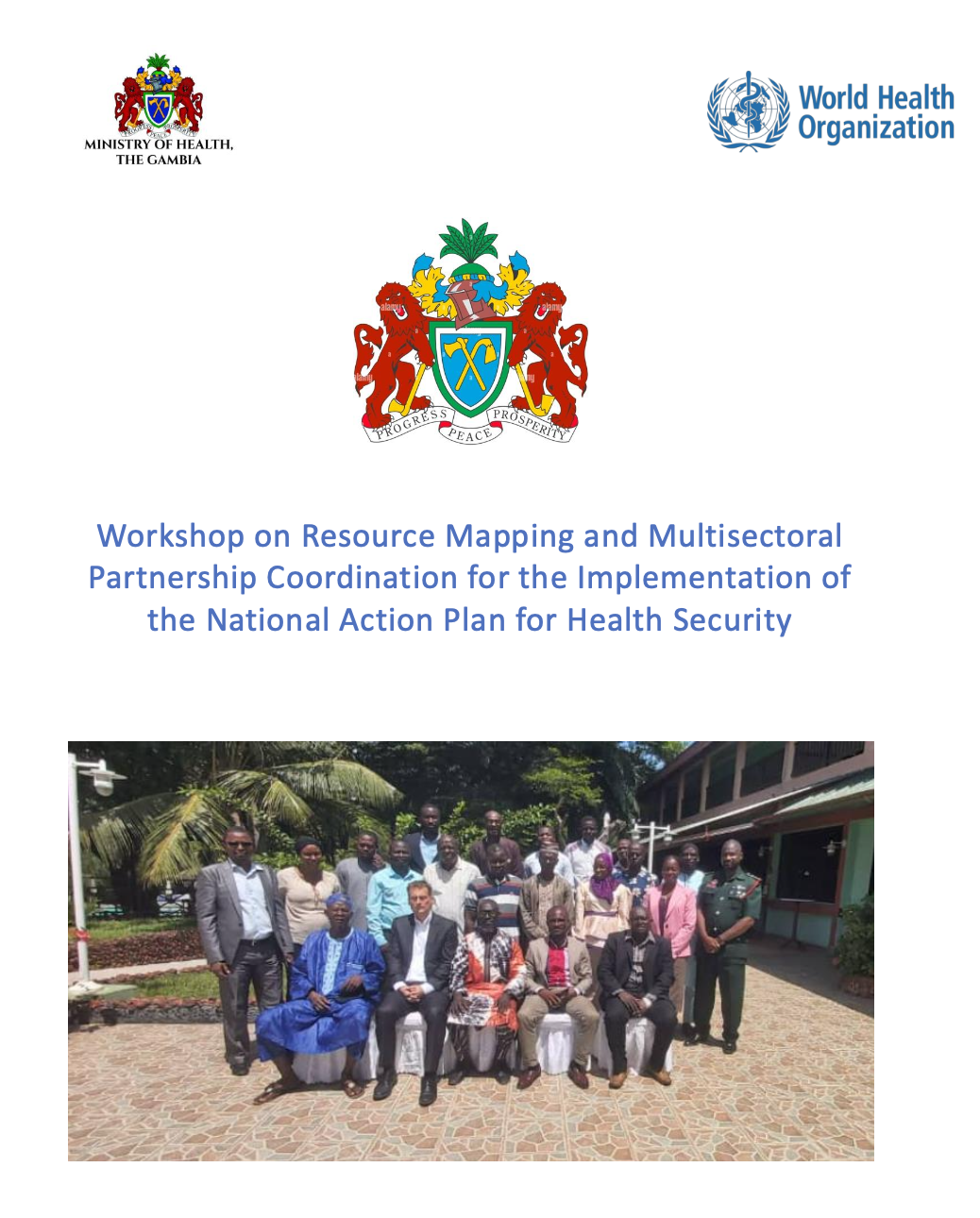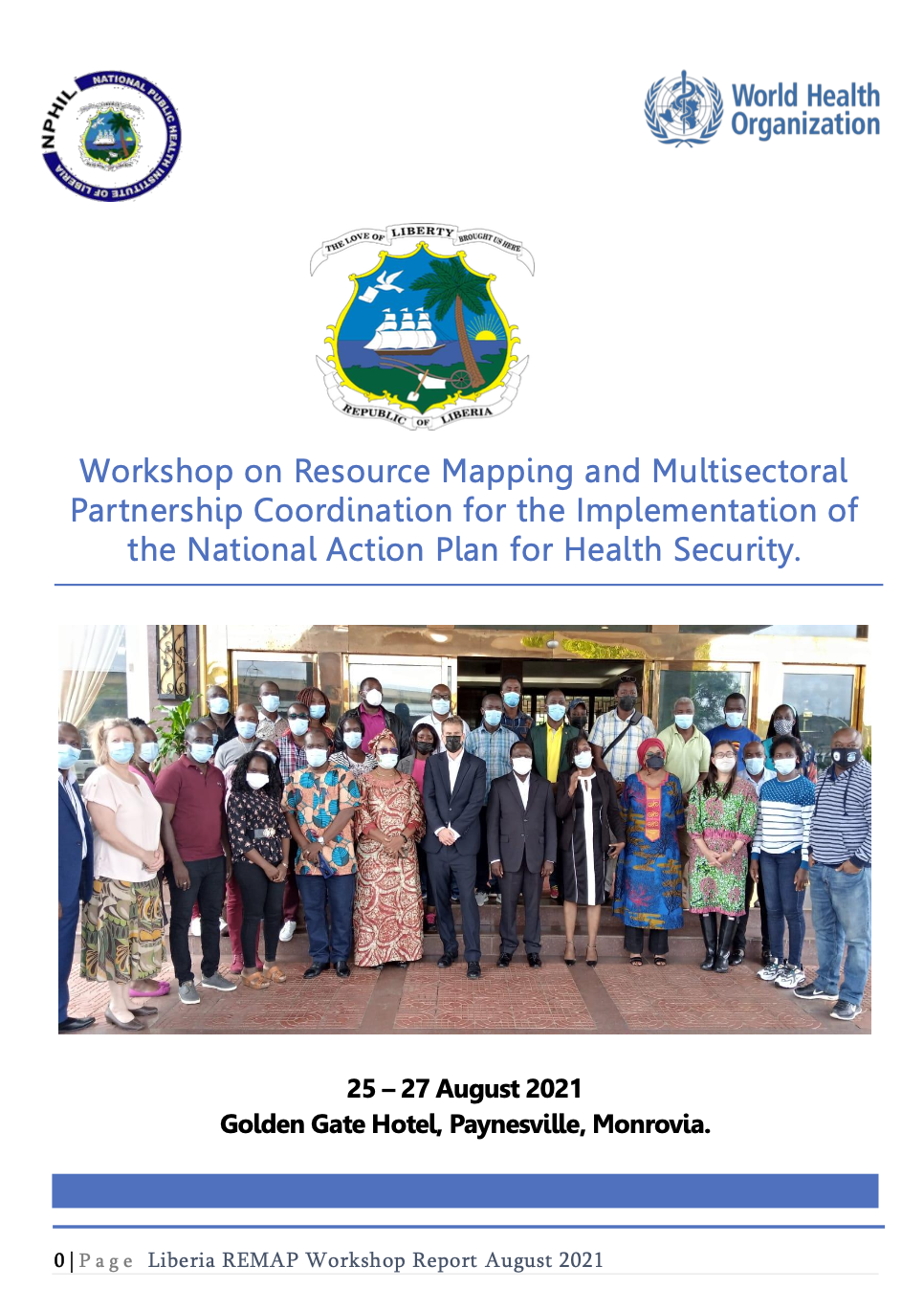REMAP
Countries completed exercise status
Videos
- REMAP
1. REMAP How to LogIn (EN)
- REMAP
2. REMAP How to use the tool (EN)
- REMAP
3. REMAP NAPHS Data Management (EN)
- REMAP
4. REMAP Overall Health Security Data Management (EN)
Document Library
Find all the REMAP related documents, including publications, reports and more.
View All DocumentsFrequently Ask Questions
Supporting implementation of national health security plans
Implementing National Action Plans for Health Security (NAPHS) and other country priority health security plans requires identifying gaps and needs, prioritizing decisions and mobilizing financial and technical resources (domestic and external) to support priority activities, all of which WHO Resource Mapping (REMAP) is designed to support.
Enhancing coordination between the country and partners
WHO resource mapping is based on multisectorality and inclusivity through which different government ministries and partners are involved with WHO support in mapping the health security resources, investments (financial and technical) and activities at national and subnational levels, identifying needs, gaps, overlaps and potential areas of collaboration between the government and partners in implementation of national plans.
Visualization of health security activities and investments at the national and subnational levels
The REMAP tool provides detailed information on each of the heath security projects and interventions mapped in the country, including detailing the names of the partners or ministries involved, the type of support being provided, the technical area being supported, and the region receiving the support.
Support for targeting of technical assistance to advance countries in health emergency preparedness
Many countries lack human resources expertise as well as the financial resources to implement their health security plans. Through human resource mapping in the REMAP tool and process WHO supports countries in mapping human resource capacities to determine which specific activities in the country’s national health security plan require outside expert support for successful implementation.
The REMAP tool and process was designed to support implementation of National Action Plans for Health Security (NAPHS) and has been adapted to also support COVID-19 preparedness and response plans and other country priority plans. The resource mapping process can be adapted based on country context.
The country should provide a request for resource mapping to the WHO country office. The request will be forwarded to the WHO regional office, which will inform WHO headquarters. The WHO regional office REMAP focal point will coordinate the resource mapping process with WHO headquarters and the WHO country office, which will engage government ministries in collaboration.
REMAP increases the visibility of the partner health security efforts. Often partners and countries do not have the full picture of the health security activities going on at national and subnational levels. Through the REMAP process, with country permission, partners are able to see the health security activities that are ongoing, therefore avoiding duplication of efforts and facilitating alignment.

